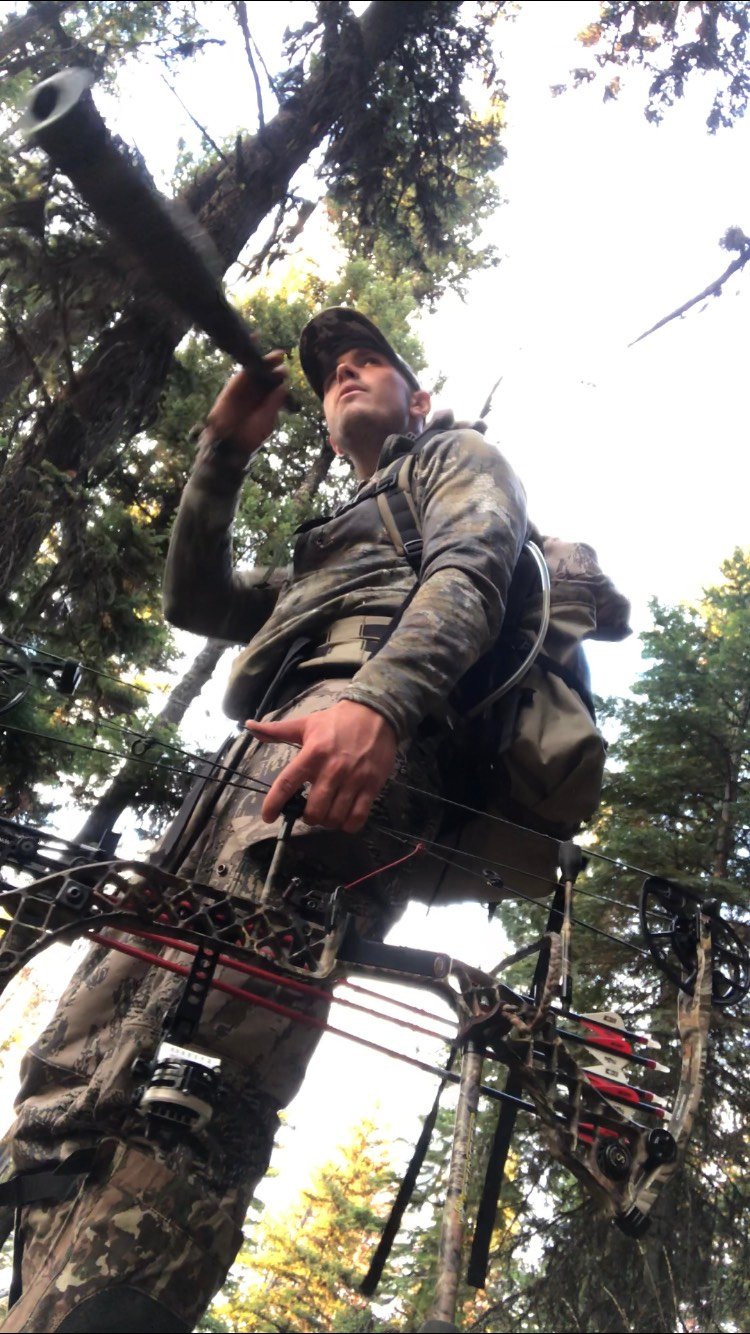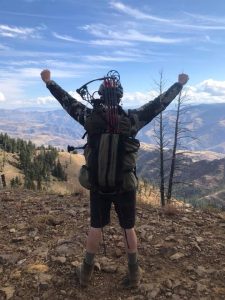Backpack Field Test - Seek Outside's Peregrine 3500

The word ”gear” conjures up images of epic, legendary explorations across the continent and up to the Arctic. I think each of us has an image of ourselves traversing the same broken elements of terrain in search of what scratches at our souls. We have a certain level of faith in gear that is fresh out of the box or just off the shelf. That it will provide security when we walk into the wild. We immediately place confidence in our equipment because of the dollars we spend. But this faith can just as quickly be shattered when the gear fails to perform under adverse circumstances.

Into The Wilderness
Hunting any farther than a mile from your car requires a marked improvement in gear. Add multiple days afield, and its importance compounds even further. My Seek Outside Peregrine 3500 backpack carried my hopes and dreams during the 2018 elk season. I chose this particular pack for its functionality as a daypack and ability to carry meat without having to rely on a secondary meat frame. The mountains of the west take a toll on equipment—just ask my boots.
This unit's construction and materials are made for the abuse of the woods. X-Pac fabric originates from the sailcloth industry or what they use for sailboats. It's durable material—to say the least—that doesn’t flinch at the constant pulling and tearing of thick choke brush in the mountains. Just for reference, X-Pac is nylon face fabric with an X-Ply polyester yarn insert for bias stability and tear strength. The PET (Mylar) is a film for waterproofing and stretch control. The first morning in the woods, we were caught in a rainstorm. I wasn't so lucky but the fabric did its job and kept the equipment inside my pack dry.
The main compartment is a dry bag, which eliminates the need to carry a rain cover. It is just an empty compartment with no pockets except a small loop to hang your water bladder with a carabiner clip. In this main compartment, I carried my meat bags, food, water and additional optics. This main compartment is large enough for an overnight, should one own a hammock and lightweight sleeping bag for the early season. I used the pockets on the outside of the pack to store extra clothing, knives and medical gear.
If you have hiked any distance at all, you’ll understand the need for a pack to sit correctly and keep the weight of the contents from digging into your shoulders and putting a strain on your back. I never once had a problem with the pack throughout the entire week. The adjustable frame height allows you to hunt with a 24" frame while slipping through timber. Then, if you get an animal down, you can change the frame height (without tools) to 26" or 28" in the field. This option is a welcome feature since it allows you superior control over the weight load you carry at all times. The pack is detachable from the frame, and while I did not have the chance to put elk meat on the frame, I did use it to secure my bow while we rode bikes the 16 miles into our camp.
What takes a pack from good to great is how the hip belt works to carry the pressure. This particular pack has dual buckles that at first might raise a few eyebrows. What I came to like about the dual buckles on the hip belt was the ability to make micro-adjustments to find the right fit and comfort level throughout the day. Never once during the week did I have any uncomfortable pressure points (or blisters) along my belt line.
If you're going to invest money in a daypack for your hunts and your trips include generous levels of hiking, consider a piece of gear that can help you haul your food from the hill. This functionality is a huge timesaver in the end. Your pack ought to be more than just a compartment riding on your back. The Peregrine 3500 is a highly functional piece of gear that belongs in the conversation when considering backpacks for hunting.
